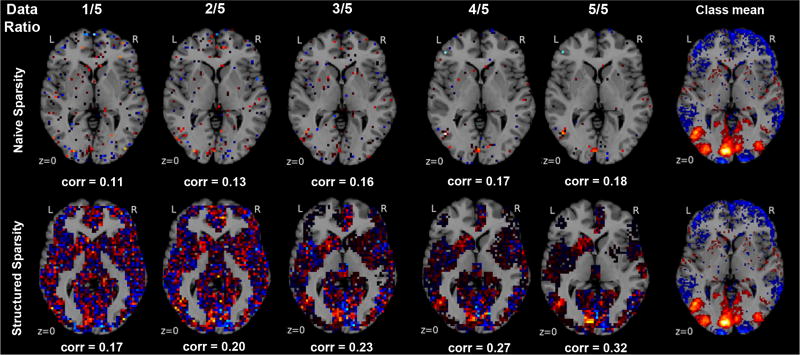Fig. 4. Sample complexity in naive versus informed sparse model selection.
Ordinary ℓ1-penalized logistic regression (upper row) is compared to hierarchical-tree-penalized logistic regression (α = 1, β = 1, lower row) with increasing fraction of the available training data to be fitted (left to right columns). For one example (i.e., “View tools”) from 18 psychological tasks, unthresholded axial maps of recovered model weights are are quanitatively compared against the sample average of that class (right-most column, thresholded at the 75th percentile). This notion of weight recovery was computed by Pearson correlation (corr). In the data-scarce scenario, ubiquitous in brain imaging field, hierarchical tree sparsity achieves much better support recovery. In the data-rich scenario, neurobiologically informed logistic regression profits more from the available information quantities than neurobiologically naive logistic regression.

